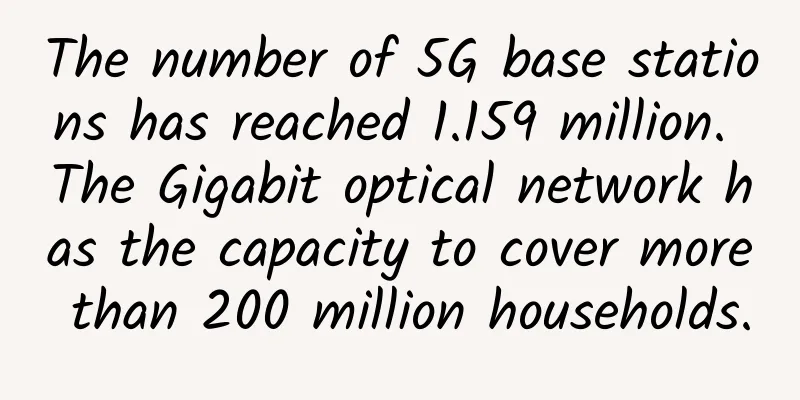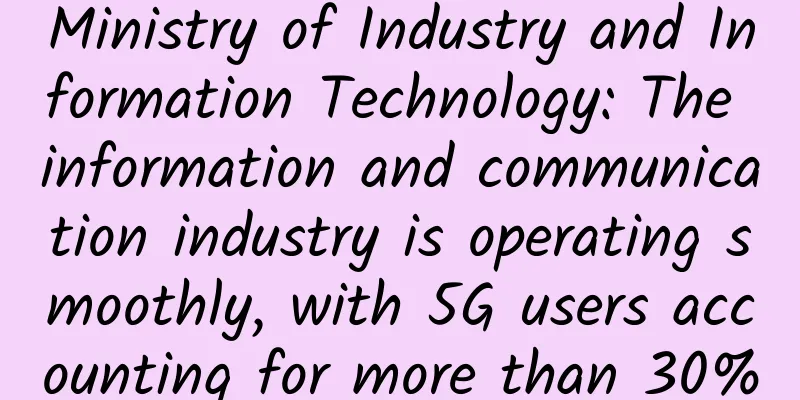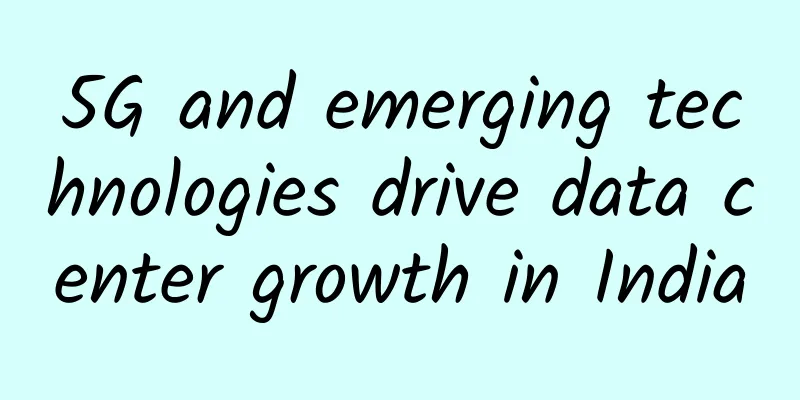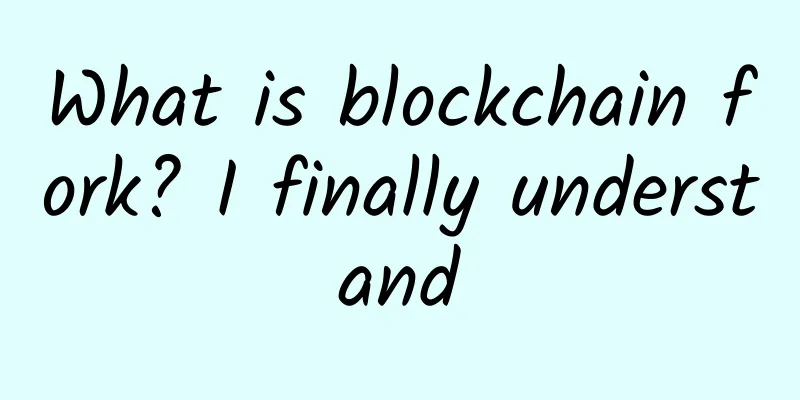Digital twins, the Internet of Things, and new technologies that can help remote work
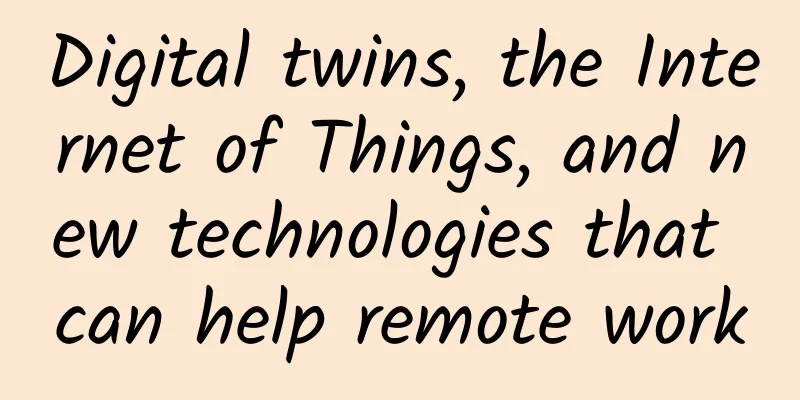
|
In recent years, the traditional offline working method has gradually moved away from us, and many companies have experienced the pros and cons of remote working.
The rise of hybrid physical/virtual office environmentsFrom Google to VMware, we now see that almost all major technology companies are no longer trying to get employees back to traditional offices for some time. According to a recent enterprise survey conducted by 451 Research, the emerging technology research unit of S&P Global Market Intelligence, 80% of companies have implemented or expanded universal work-from-home policies, and 67% of companies plan to implement at least partial work-from-home policies long-term or permanently. Knowledge workers are generally meeting the challenge of remote work successfully, according to a recent study from London Business School published in Harvard Business Review. As the study’s authors, Julian Birkinshaw, Jordan Cohen, and Pawel Stach, discuss, productivity is increasing dramatically. Comparing the results of two surveys of knowledge workers conducted in 2013 and 2020, respondents now spend 12% less time in large meetings and 9% more time connecting with customers and external partners. Knowledge workers report a 50% increase in activities of their own choosing and a 50% decrease in activities that are required of them. The pandemic hasn’t completely eliminated the physical offices we share (at least occasionally) with other people. Few employers have committed to permanently closing traditional multi-person offices. Most companies still reserve the right to require employees to return to these physical offices at some point. And few organizations are offering the same level of support to employees working from home as they do to those working in traditional offices. The global economy is rapidly shifting to a “work from anywhere” model, at least for knowledge workers. Looking ahead, most knowledge workers will spend their careers in hybrid work environments that combine traditional and virtual sites in an evolving paradigm. Much of this shift will be driven by workplace culture, behaviors, and processes that adapt to a hybrid, distributed, anywhere model. We’re even seeing this new order begin to change the workplace in surprising new ways, such as in movie production. Enterprise IT departments can promote work-from-anywhereWhat impact will these “new normal” workplace arrangements have on enterprise IT infrastructure models? In this upcoming post-pandemic social order, the most critical technologies will support greater social distancing, more efficient remote collaboration, and more comprehensive biosensing. Under a decentralized workplace arrangement, most employees can use a traditional office when needed, but can return to work from home or elsewhere when circumstances allow. Employers will allow employees to rely on standard remote collaboration, cloud computing, robotic process automation, and other advanced productivity tools. To avoid productivity setbacks, smart organizations will provide a baseline infrastructure of automated, cloud-based security, backup, recovery, and compliance services. All of these reliable services are available 24/7 to all employees, whether they work in a physical shared office, their own home office, a client location, or elsewhere.
The Modern Computing Alliance is the latest industry group to emerge to address this new form of work. Founded by Google and other leading technology vendors, the new alliance is defining a common technology industry approach to support hybrid environments that connect, converge, and help seamlessly switch between physical and virtual workplaces. Alliance members include Dell, Intel, Box, Citrix, Imprivata, Okta, RingCentral, Slack, VMware, and Zoom, who are developing standards and interoperability technologies for distributed work across multiple platforms and clouds. Integrating IoT into Work Anywhere InfrastructureThe Google-led coalition was formed before the crisis to address remote work issues such as collaboration, identity, security, transparency and guidance. Beyond that, details won’t be revealed until the first half of this year, when the group promises to roll out its first concrete initiatives. The initial announcement hinted at its intent to advance three areas: simplification (device management), analytics (unique devices and users), and optimization (hardware-enhanced device-level performance and employee workflows). Given that the prolonged pandemic is one of the main drivers, the alliance's work will include a focus on widespread biosensing in traditional office and remote environments. Therefore, the Internet of Things needs to be incorporated into the overall architecture, and enterprises can manage planning, monitoring and control in sensor-rich environments, while employees can work in almost any public or private place imaginable. Throughout the distributed remote workplace, IoT-based sensors will transmit office facility metrics (room temperature, lighting, occupancy, and security metrics) in real time, while co-configured thermostats and other local IoT actuators will automatically perform actions to ensure that such metrics comply with corporate policies on health, safety, productivity, and other areas. Most IoT sensors and actuators in the remote workforce will be embedded in smartphones and other edge devices that employees already have at their fingertips. In addition, IoT endpoints will be deployed in portable edge devices, appliances, and robots provided by the enterprise for use (perhaps temporarily) wherever employees choose to work, such as in a car or at a customer site. To keep distributed workforces safe from the virus, these IoT-based sensor networks will power automated cleaning platforms that automatically disinfect the workplace before allowing employees and customers in. To do this, employees will download and install proximity sensing and biosensing apps on their smartphones before entering the disinfected workplace. Smart cameras and thermal sensors can detect when an infected employee elsewhere enters an otherwise disinfected workplace. Within a breakout office, this will automatically trigger entry restrictions, office entry warnings, automated cleaning policies, and other infrastructure-based response mechanisms to prevent or control infection. The potential of digital twin technology in the hybrid workplaceThe blurring of virtual and physical environments is another characteristic of the new work-from-anywhere paradigm. Therefore, an important feature of the future is the need to adopt "digital twin" technology, which the Modern Computing Consortium seems to have overlooked. The digital twin paradigm has been proven in the Industrial Internet of Things, and it is only a matter of time before it becomes an important part of the hybrid distributed workplace (even for knowledge work and back-office work). Essentially, a digital twin is a data structure that maps a corresponding physical entity throughout its lifecycle. A digital twin tracks the physical entity’s current configuration, state, condition, location, interfaces, sensor readings, operating characteristics, maintenance history, and other attributes.
Microsoft recently launched the Azure Digital Twins service, which is positioned directly at this new industrial order. The Azure Digital Twins service has been in the works for two years and enables industrial designers to plan, model, deploy, monitor and control sensor-laden, IoT/edge-based physical environments. This new cloud service uses the Digital Twin Definition Language (DTDL) developed by Microsoft to support modeling of physical environments and track any changes made to those physically mapped areas by collecting configuration data from deployed IoT sensors. These digital twin products seem well suited to facilitate the development of collaborative robots for hybrid physical/virtual workplaces. Johnson Controls is already a user of Microsoft’s Azure Digital Twins service. The company, a leader in building products and technologies, is using the service and related tools to manage workflows such as energy use, workspace optimization and safety within and across distributed physical facilities. Immersive reality connects physical/virtual workplacesRemote work often lacks the kind of hands-on, interactive support we demand from on-site technical and administrative support staff. There will be a lot of focus on the need for immersive reality. This includes augmented reality, virtual reality, and mixed reality. Once this technology enters the toolbox of developers, it will enable them to build applications that can smoothly provide hands-on interactive experiences for even the most virtual remote work tasks. Microsoft's recently launched Azure Digital Twins service appears to be paving the way to this future, including a cloud-based spatial intelligence map for tracking people, places, and devices. It also supports the development of digital twin applications: using 3D or 4D visualization, physics-based simulation, and AI-based generative model capabilities. Just a few months before the launch of this service, Microsoft announced the launch of three new immersive reality products that are tailor-made to solidify this vision: The HoloLens 2 headset, available worldwide, blends the dynamic overlays of augmented reality with the simulated environments of virtual reality. A new immersive service called Azure Object Anchors, now in preview, enables the HoloLens headset to recognize physical objects in the real world and dynamically map relevant instructions or images onto them. Based on the pilot projects in 16 cities, the Ministry of Public Security promoted the electronicization of motor vehicle inspection marks in two batches across the country, providing electronic license services for motor vehicle owners, drivers, and related industries and management departments. Dynamics 365 Remote Assist was launched, which enables people in two different places to collaborate and solve problems in a shared immersive reality environment. Encouraging closer collaborationMulti-person offices aren't going away, but they will no longer be the default workplace for most knowledge workers. That's not necessarily a bad thing. Personally, I've only had one year in the past 22 years where I had to report to a shared office every day and never wanted to go back to my old cubicle. It's not that I'm antisocial, I just like to keep my head down and work, and I'm incredibly productive in my own home office. Going forward, the question of where to work will become a negotiable topic that business units, teams, and individuals can consult with to adapt to changing circumstances. Hopefully, the IT industry can quickly come together to define a realistic vision for the infrastructure, tools, and standards needed to drive this movement forward. First, it would be nice to see the many industry groups working together to standardize the technology foundation for this new world of distributed, hybrid work environments. At a minimum, any work in this area would involve the Modern Computing Consortium, the Object Management Group’s (OMG) Digital Twin Consortium, the IEEE Virtual and Augmented Reality Standards Committee, and the Robotics Industries Association. |
<<: Next-generation data center connectivity for 400G and beyond
Recommend
HostSlick: €37/year KVM-2 cores/2GB/240G SSD/15TB@10Gbps/Netherlands VPS
HostSlick has launched a Christmas/New Year's...
How to replace the Query field in the URL?
[[420519]] When we write a crawler, we may need t...
Tencent Cloud hot sale: 1C2G5M server 38 yuan/year, CDN traffic package starting from 6 yuan
The Lunar New Year is approaching, and Tencent Cl...
IDC survey: Only 9% of enterprises plan to use 5G for IoT deployment
5G promises to be ten times faster than existing ...
Let’s talk about deterministic networks
Low latency in the network is particularly import...
Example: How to plan IP addresses for a large-scale monitoring network system?
For monitoring projects, many faults are caused b...
Which is better, Wi-Fi6, Wi-Fi6E or Wi-Fi7?
With the popularity of Wi-Fi 6 and Wi-Fi 6E, a ne...
How much does data center downtime cost?
Data center downtime is unbearable for any enterp...
Top 5 Reasons for WiFi Device Setup and Connection Issues
Setup and connection issues are notoriously diffi...
The “unlimited data” package is secretly deducting money, and even the Ministry of Industry and Information Technology can’t stand it anymore!
Living in this era of the Internet, where you can...
5G applications drive cellular IoT module market growth
Global cellular IoT module shipments are expected...
Huawei Enjoy 10S released with a 48-megapixel ultra-wide-angle AI triple camera priced at RMB 1,000. Are you tempted?
This afternoon, Huawei released a thousand-yuan m...
How future technologies will improve physical security in data centers
In recent years, the demand for security solution...
5G communication requires tens of millions of base stations! How to build so many?
"With the advent of the 5G era, mobile commu...
V5.NET: 20% off on all dedicated servers, Hong Kong E3 servers starting at 342 yuan per month
V5.NET has launched a regular promotion this mont...
